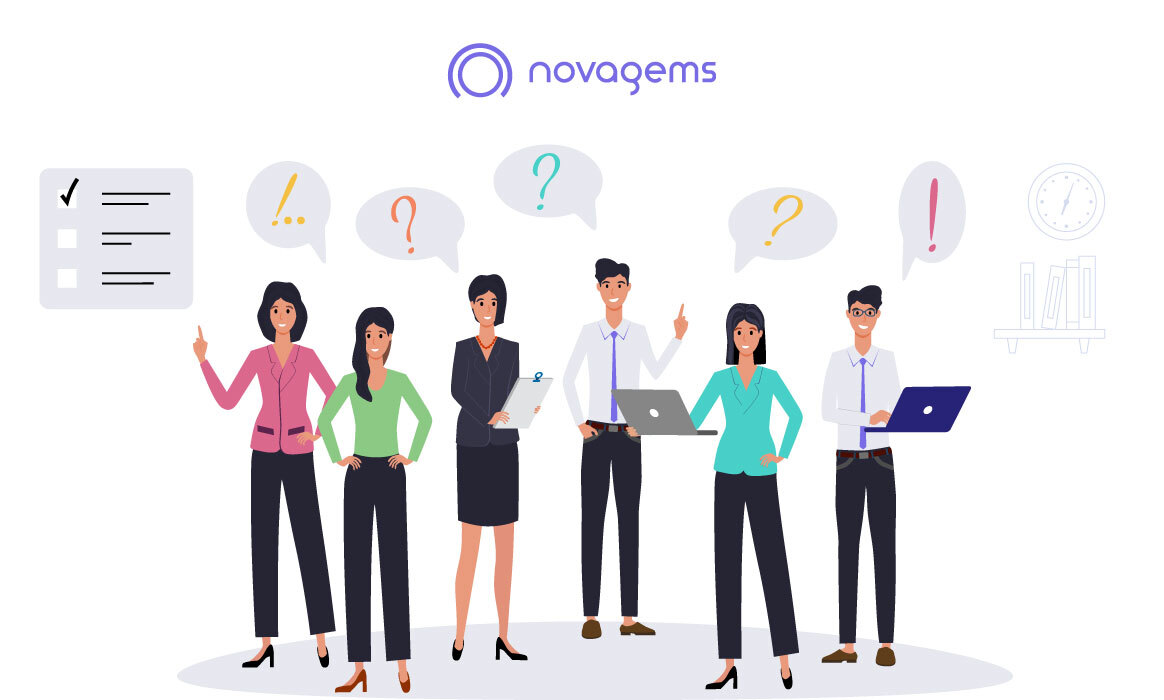How to Train Your Staff on Workforce Management Software
In today’s digital age, workforce management software plays a crucial role in streamlining operations, enhancing efficiency, and ensuring smooth business processes. However, implementing this software effectively hinges greatly on how well your staff are trained to use it. Here’s a comprehensive guide on how to train your staff on workforce management software, ensuring a seamless transition and maximum productivity.
Understanding the Basics
Before diving into training, it’s essential to grasp the fundamentals of workforce management software. This type of software encompasses various tools designed to optimize employee scheduling, attendance tracking, task assignment, and performance management. It centralizes these functions into a single platform, eliminating the need for manual processes and minimizing errors.
Step-by-Step Training Plan
Introduction and Orientation:
Begin by introducing your staff to the software’s interface and basic functionalities. Explain its purpose and how it aligns with the organization’s goals. Highlight the benefits such as time savings, improved accuracy, and enhanced communication.
Hands-On Practice:
Learning by doing is often the most effective method. Provide hands-on training sessions where employees can navigate the software, perform basic tasks like clocking in/out, and explore different modules such as scheduling and reporting.
Customized Training Modules:
Tailor training modules to different departments or roles within your organization. For instance, managers may need to focus on approval workflows and analytics, while frontline staff might concentrate on time tracking and task management features.
Simulated Scenarios:
Create simulated scenarios to mimic real-world situations that employees may encounter while using the software. This approach helps them understand how to handle exceptions, resolve issues, and make the most of advanced features.
Q&A Sessions:
Encourage open communication by hosting Q&A sessions where staff can ask questions, share concerns, and receive clarifications. Address common challenges and provide troubleshooting tips to build confidence in using the software.
Progressive Learning:
Implement a progressive learning approach by starting with basic features and gradually moving to more advanced capabilities. This allows employees to build upon their knowledge incrementally and prevents overwhelm.
Best Practices for Training Success
Clear Documentation: Provide comprehensive user manuals, video tutorials, and quick reference guides that employees can refer back to as needed.
Continuous Support: Offer ongoing support through helpdesk channels, FAQs, and dedicated IT personnel to assist with technical issues and software updates.
Feedback Loop: Establish a feedback mechanism to gather insights from users about their experience with the software. Use this feedback to refine training programs and address any usability concerns.
Incentives and Recognition: Recognize employees who demonstrate proficiency in using the software or contribute innovative ideas for improving workflows. Incentives such as certifications or performance bonuses can motivate staff to engage more deeply with the software.
Monitoring and Evaluation
After initial training, monitor the adoption rate and usage patterns of the workforce management software. Evaluate key metrics such as time savings, error reduction, and employee satisfaction levels. Conduct periodic reviews to identify areas for further training or additional support.
Conclusion
Effective training is instrumental in maximizing the benefits of workforce management software. By investing time and resources into structured training programs, organizations can empower their staff to leverage the full potential of the software, enhance productivity, and achieve operational excellence. Remember, ongoing learning and adaptation are key to maintaining proficiency and adapting to evolving business needs in the digital era.
